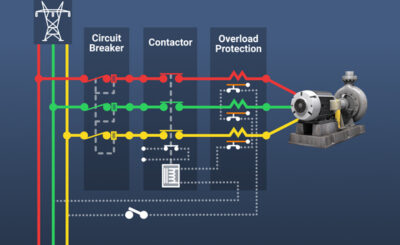In today’s environmentally conscious society, choosing a car that matches your values is more important than ever. Even while fuel economy is still important, several environmental certifications may help you navigate the world of eco-friendly automobiles. This page discusses the different green automotive certifications, their significance, and how applying them may help you make long-term environmental decisions.
Deconstructing Eco-Friendly Labels Globally
There’s no uniform standard for green cars. Many governments and organizations have certification processes with particular rules for measuring a vehicle’s environmental impact. Here are some famous eco-labels:
The US Environmental Protection Agency:
EPA declares automobiles “Green Vehicle Guide” based on fuel efficiency, greenhouse gas emissions, and exhaust emissions. Customers may compare model environmental performance with this help.
EU Emission Standards: Euro emission regulations, the latest of which is Euro 6, limit automotive exhaust pollutants. EU-certified cars meet these regulations.
Many global organizations provide eco-labels in addition to regional certifications:
Global Green NCAP: This program assesses an automobile’s environmental impact from manufacturing to disposal. Overall eco-friendliness determines star ratings.
WLTP: Globally standards light vehicle testing protocol
This standardized testing compared automotive fuel efficiency, pollution, and electric range more accurately across manufacturers and models.
Assessing and Interpreting Green Car Certifications
Most green car certifications highlight the following characteristics, however standards may vary:
Automobile tailpipe emissions include particulate matter, hydrocarbons, and nitrogen oxide. Reduced emissions clean the air. The Auto Repair Services in Topeka, KS can be quite useful in this case.
Fuel Economy: MPG or L/100km measures how far a car can drive on one tank of petrol. Higher fuel efficiency reduces fuel use and carbon emissions.
Greenhouse gas emissions: CO2 is the principal greenhouse gas released by automobiles. Fewer CO2 emissions mean less global warming.
Fuel alternatives: Electric, hydrogen, and biofuel cars are more ecologically friendly than gasoline-powered ones. Plug-in hybrids (PHEVs) and electric automobiles (EVs) may get bonus certification points for using fewer fossil fuels.
Understanding these criteria will help you analyze green vehicle certifications and buy a car that meets your environmental goals.
Choose Your Ideal Green Vehicle: Not Just Labels
Green car certifications are helpful, but they shouldn’t be the main factor when choosing a car. Consider these other points:
Your Driving Habits: Often traveling short distances? A small, fuel-efficient car is plenty. Electric or hybrid cars may be superior for lengthy journeys. If you’re considering an EV, check for local charging facilities.
Total Vehicle Performance: Don’t trade safety, comfort, or driving dynamics for an eco-label.
Combining green vehicle certifications with your needs and preferences lets you choose a car that’s environmentally friendly and fits your lifestyle.
Conclusion
In conclusion, knowing the many green automotive certifications and their importance is essential to navigate the world of eco-friendly cars. You should consider other variables while making your selection, even if labels like the EPA’s Green Vehicle Guide, EU Emission Standards, Global Green NCAP, and WLTP provide useful information about a car’s environmental effect. You may make an educated and sustainable decision by weighing these certifications against personal factors like driving style, overall car performance, and the availability of alternative fuel sources. In the end, choosing an environmentally friendly vehicle that fits your beliefs and way of life helps create a more sustainable future.








